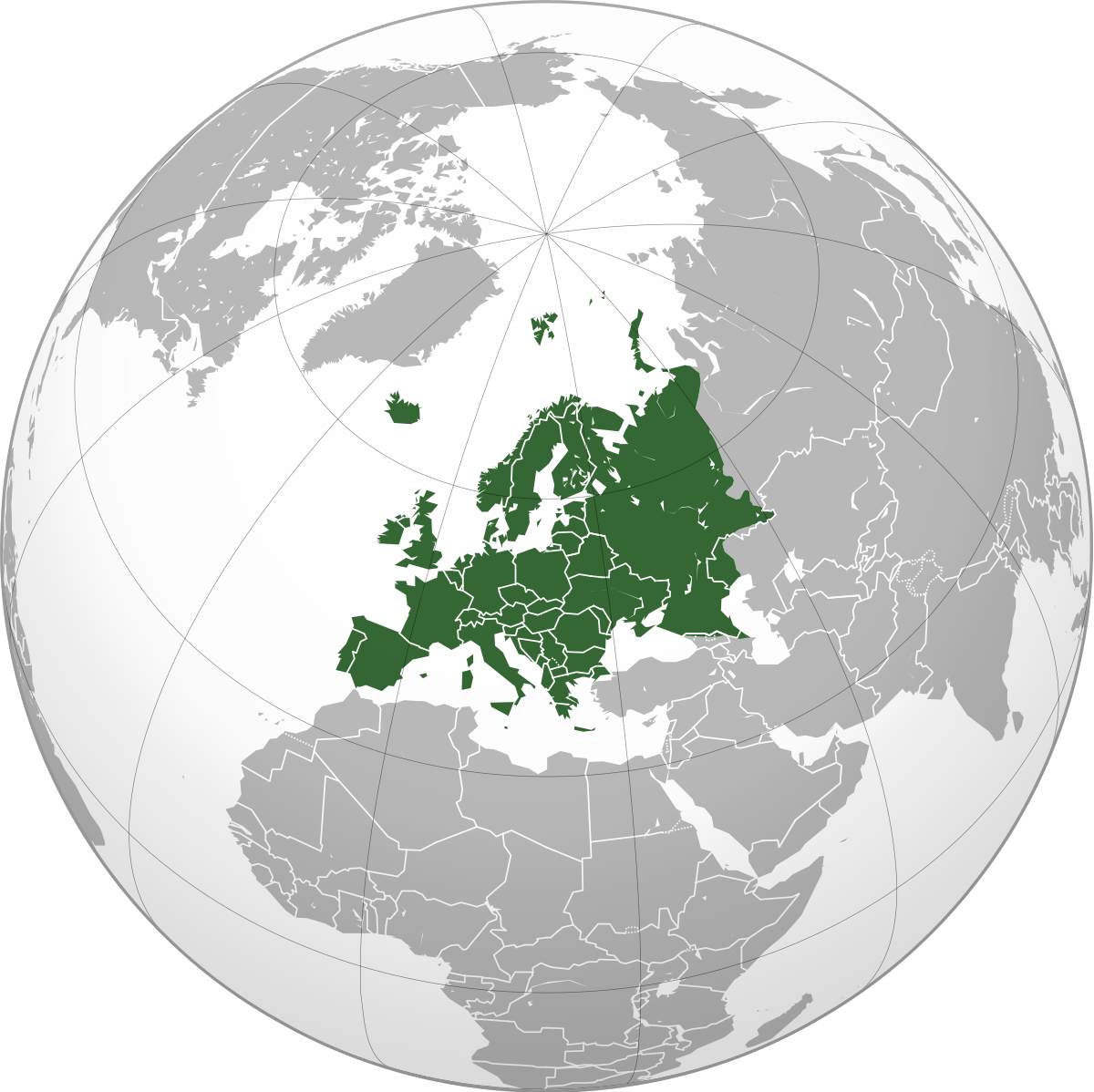European cuisine is a tapestry of tastes, a reflection of the continent’s diverse cultures, histories, and geographies. From the olive groves of the Mediterranean to the wild forests of the north, Europe’s culinary traditions are as varied as its landscapes.
In this article we delve into the countries that make up Europe, the main characteristics of European cooking and the geographic and climate features that have influenced it.
We also look at the main ingredients used in European recipes, the health aspects of European cuisine and how European recipes have spread throughout the rest of the world.
The Countries that Make Up Europe
Europe is a diverse continent, comprising around 50 countries, each with its own distinct culinary identity. The cuisines of Southern Europe, including Italy, Spain, and Greece, use substantial volumes of olive oil and fresh produce.
Central European countries like Germany and Poland eat hearty meat dishes and bread. The Nordic countries offer a cuisine that is a testament to their fishing and foraging heritage.
Meanwhile, Eastern European countries like Russia and Hungary are famous for their rich stews and dumplings.
The Main Characteristics of European Cuisine
European cooking emphasizes on the regional and seasonal ingredients, traditional methods, and deep-rooted culinary traditions. Mediterranean cuisine has many health benefits and uses fresh vegetables, grains, and olive oil.
Central Europe eats comfort foods, that contain potatoes, cabbage, and a variety of meats.
The Nordic countries focus on the purity and simplicity of their ingredients. The often feature seafood and wild game. Eastern Europe uses generous quantities of spices and herbs in hearty dishes.
The Geographic and Climate Features that Have Influenced European Cuisine

Europe’s wide range of climates and geographies has had a profound impact on its cooking. The warm Mediterranean climate allows for an abundance of fruits, vegetables, and nuts.
The cooler, temperate climates of Central and Northern Europe are conducive to growing grains and root vegetables and support dairy farming. The varied geography, from the coastal regions to the mountainous areas, has also influenced the types of ingredients that are available.
The methods of cooking that are most suitable for each region have also evolved.
Cuisine In Europe
European cuisine is diverse and reflects the rich cultural heritage of the continent. From the flavorful pasta and pizza of Italy to the hearty sausages and sauerkraut of Germany, there is something for everyone.
Whether you crave French pastries, Spanish tapas, or Greek moussaka, cuisine in Europe offers a delightful culinary journey.
The Main Ingredients in European Cuisine
European recipes focus on a diverse array of ingredients. The Mediterranean diet is rich in olive oil, tomatoes, garlic, and a variety of seafood.
Central Europe is known for its sausages, cheeses, and bread. The Nordic countries utilize their abundance of fish, as well as dairy products like cheese and yogurt.
Eastern Europe is famous for its use of sour cream, beets, and a variety of grains.
Herbs and spices vary by region but are used to create flavorful dishes that reflect local tastes and traditions.
How Healthy is European Cuisine

The healthiness of European cooking can vary greatly by region. The Mediterranean diet, with its focus on whole grains, healthy fats, and lean proteins, is often cited as one of the healthiest diets in the world.
However, some regions of Europe favor dishes that are high in saturated fats and processed meats, which can be less healthy.
Overall, traditional European cooking tends to use fresh, whole ingredients and cooking from scratch, which can be beneficial for health.
How European cuisine Has Spread Through the Rest of the World
European recipes have spread across the globe through colonization, immigration, and cultural exchange. Dishes like Italian pizza and pasta, French pastries, and Spanish tapas have become staples in many countries.
This spread has been facilitated by the global appeal of European cuisine’s rich flavors and often sophisticated presentation. Additionally, the rise of European chefs in the global culinary scene has helped to promote European dishes worldwide.
The influence of European cuisine is evident in the many fusion dishes that combine European cooking techniques and ingredients with those from other cultures.
Conclusion
European cooking is a reflection of the continent’s rich cultural diversity and history. Its emphasis on regional ingredients, traditional methods, and a balance of flavors not only makes it a cornerstone of many European cultures but also a beloved part of the global culinary scene.
As the world becomes more interconnected, the influence of European cuisine is set to expand, bringing its unique flavors and cooking traditions to an even wider audience.
Links to Every European Country
The following are links to every European country and their cuisine. Recipes of each country are in every article.
- Andorra Food Delights: Explore Culinary Wonders of the Pyrenees!
- Armenian Food: 26 Culinary Treasures and Authentic Flavors
- Austrian Cuisine Discover its Recipes: A Culinary Journey
- Belarus Food: Culinary Delights
- Belgium Food: Delight Your Palate a Guide to Belgium’s Best Food
- Bulgarian Cuisine – Exploring the Delights
- Croatian Food – From Mountains to Adriatic: the Flavors Unfolded
- Cypriot Cuisine and Recipes
- Czech Food: Beyond Dumplings! Savory Specialties Await
- Danish Food Delights: 22 Tradition, and Authentic Recipes
- Dutch Cuisine Discover Delicious Recipes
- English Cuisine Discover the Delights: A Taste of Tradition
- Estonian Cuisine: A Symphony of Flavors
- French Cuisine – Discover the Delights and Taste & Savor Today!
- German Cuisine -Explore Delectable Delights – Get Cooking!
- Greek Cuisine – Exploring the National Dishes of Greece
- Bosnian Food Delight: 31 unique Bosnia and Herzegovina recipes!
- Irish Cuisine Exploring the National Dish of Ireland
- Italian Cuisine – Explore A Taste of Authentic Italy
- Romanian Cuisine – 22 Authentic Recipes
- Spanish Food Fiesta: 20 Authentic Recipes to Try Yourself
- Swedish Food: Dive into Delicious food with 25 tasty dishes!
- Swiss Food: A Journey in Switzerland plus 22 authentic recipes

